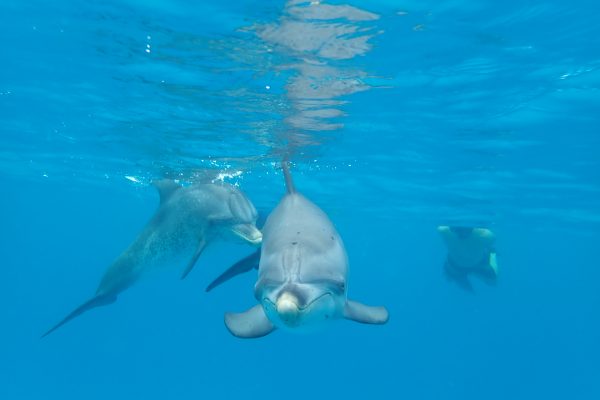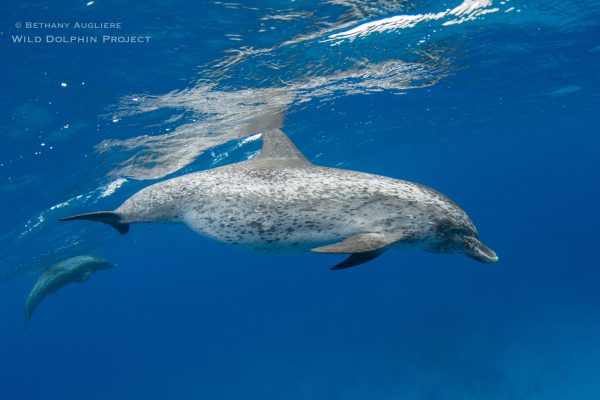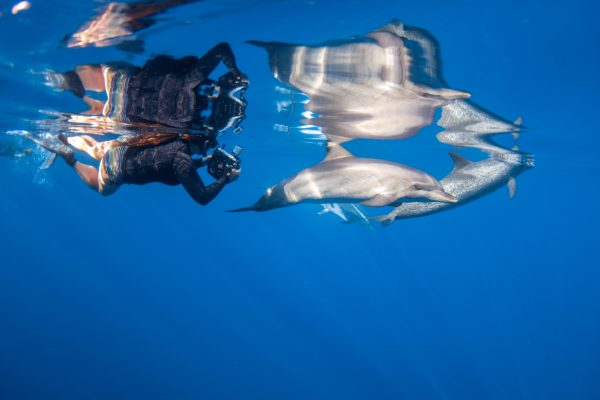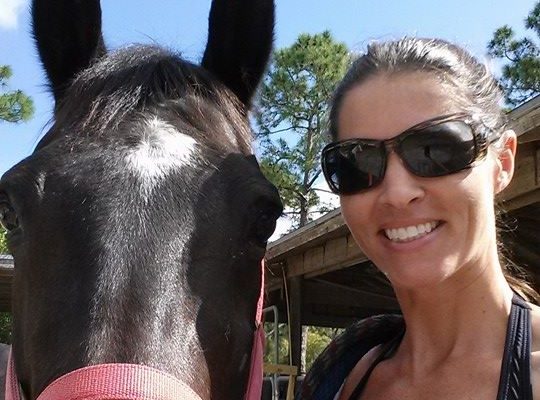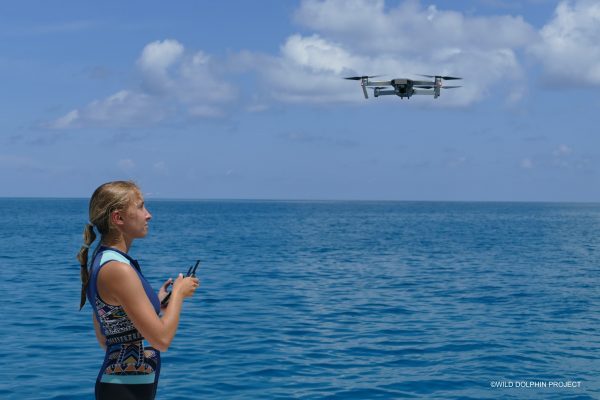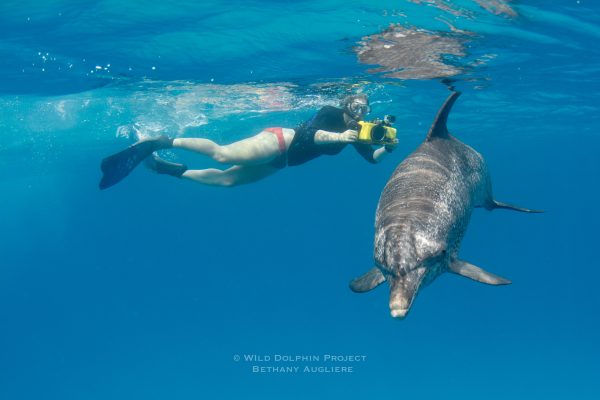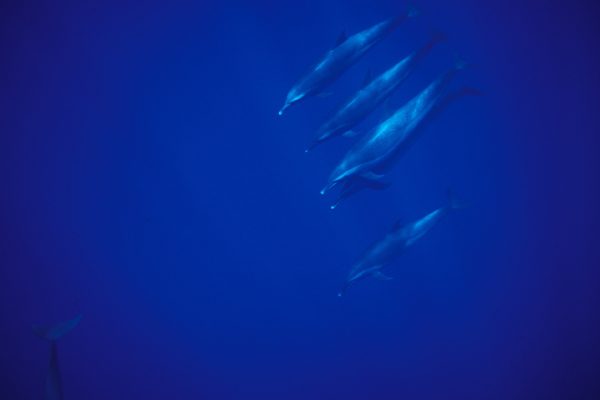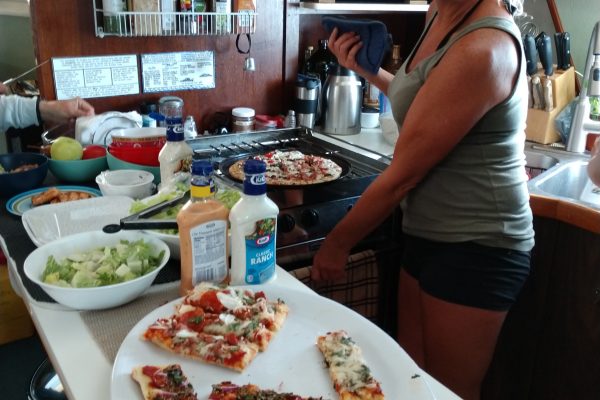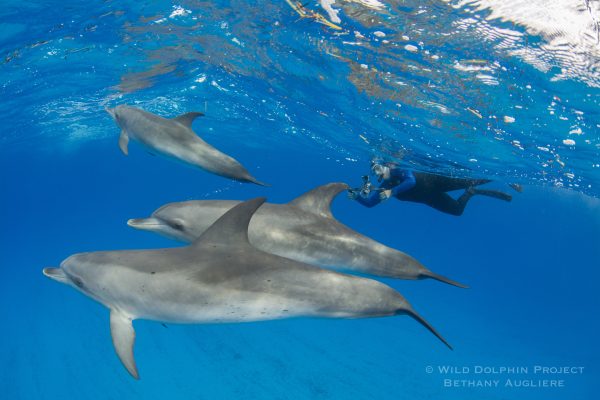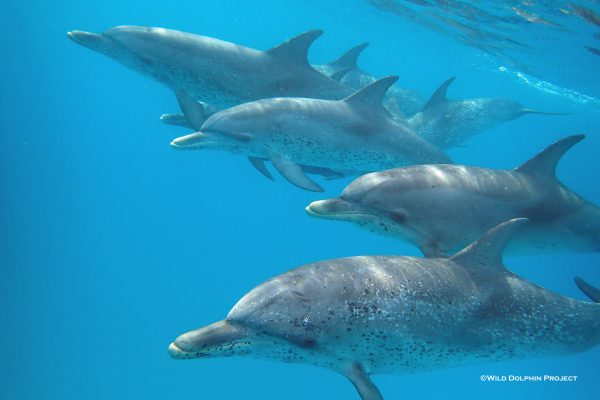Dolphin Detective
Much of our long-term work studying dolphins in the Bahamas relies on identifying individuals in the population. By tracking individuals we can understand patterns in relationships, communication, and behavior differences between sexes and age classes, among many other things. To do this, sometimes requires a bit of detective work. We
WDP in the Bahamas: A review
We know a lot of you have followed our work for awhile now — some of you since the very beginning — and some of you have even been out with us on research expeditions. For the start of the new year, we’d like to provide a review of what
Meet the Team: Research Associate, Bethany Augliere
For the last decade, you’ve probably seen photos of and photos taken by our research associate, photographer and social media wiz Bethany Augliere. Now’s your chance to learn a little bit more about her! Bethany grew up in the suburbs of Washington D.C., but always had a passion for the
Meet the Team: Executive Assistant Melissa Infante
Melissa grew up in South Florida and always had a passion for the outdoors and animals, spending much of her days surfing and riding horses. In 2015, she was looking for a career change and for something with a sense of purpose. She saw the ad on Craigslist for an
Meet the Team: Field Assistant, Liah McPherson
Growing up in the Outer Banks, Liah always had a passion for the ocean, but in particular, dolphins. Clearly driven from a young age, she began volunteering with the Outer Banks Center for Dolphin Research in middle school. “My parents have always been supportive of my passion and saved many
QandA with Biologist Cassie Volker
Hi everyone! We hope you enjoyed our LIVE Facebook Question and Answer session with our biologist Cassie Volker. We decided to turn that session into a blog, as a permanent resource. As a refresher, the Wild Dolphin Project was started by Dr. Denise Herzing in 1985. Along with her colleagues,
More than Spotted Dolphins…
False killer whales, sperm whales, pilot whales, offshore bottlenose dolphins, Risso’s dolphins —these are just a few of the amazing marine mammals we’ve seen when crossing from Florida to the Bahamas to research the resident dolphins in our study site. Surprisingly, however, little is known about mammals in this region
Meet WDP Cook, Theresa Carlsen.
We’ve said here at the Wild Dolphin Project many times — it takes a team to make the project (and in particular) the field season run smoothly! To study dolphins in the Bahamas every summer, we live on our 65-foot Research Vessel Stenella. The boat holds 12 people and
Working With Wild Dolphins
When people learn about the work of the Wild Dolphin Project, one of the first questions they ask is if we use scuba. People are curious how we work in the water with the animals. The answer however, is no, we don’t use scuba. How do we work? Keep reading.
Lost Lamda
Lost Lamda: A Stranded Dolphin in the Bahamas LAMDA’S HISTORY We first observed Lamda in 2013 as a juvenile in the speckled age class (approximately 4-8 years old) and frequently saw him every field season since then for a total of 20 times. In 2015, he moved to the mottled

